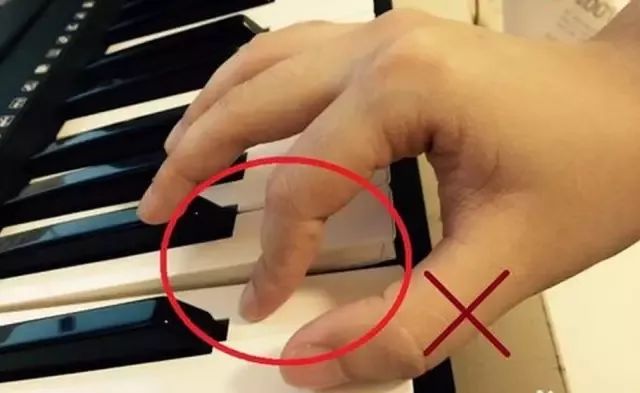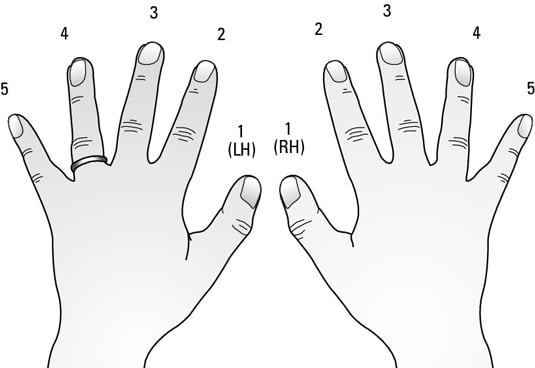Why is it imperative to play the piano with proper hand position?
Many people think that hand position is not a big deal when we are playing the piano; they think that the only function of playing the piano with proper hand position is just to look nice. Well, it’s more than that. Playing the piano with the proper position can help us play the piano smoother, quicker, and more accurate. Most importantly, it keeps us away from injuries.
Knowing the correct hand position is one of the most important aspects of playing the piano, and it is the most common mistake beginners make. Almost every piano beginner failed playing the piano with the standard position the first try!
Before knowing the proper hand position:
REMEMBER that the position should be always RELAX. If you are playing the piano, and your shoulder, neck, wrist, or finger HURTS, it means that you are doing the position WRONG.
PLEASE keep an eye on your finger and your hand position, correct the position as soon as you find something wrong. It will be really difficult to correct it or can not maintain the standard position after correction if it becomes a habit.
Hand position:
First, relax and put your fingers on the keyboard. Make sure that your wrist is slightly up. Imagine that there’s a puppet string holding your hand and a bubble underneath it. You can practice that by using a ping pong ball(kid), otherwise use a baseball or a small ball(adult). Place it underneath your hand.

When you play, don’t put your wrist too down or up and don’t put force on your wrist because you will get tire as you play.


By doing this, you should have nice curved fingers and a arch shape. Curve fingers will help us play the key accurately. The fingers shouldn’t be flat; the first join of the finger should be CURVED. It’s harder to play quicker songs if you have bent fingers.


When you play the note, don't flick your fingers to play it. And you are not just pushing the key. Instead LIFT your finger up a bit and then push the key. That way, it’s easier to play the accurate key and you can move your finger across another finger when needed. Some people’s thumb is high up or too down when they play, your thumb should be pointing down.

Sometimes, we need to move our wrist. But the wrist shouldn’t be tilted, in other words your wrist shouldn’t go “up and down or left and right”. It’s almost impossible to play the music smoothly if your wrist is tilted.


Hand symbols:
R.H: play right hand only
L.H: play left hand only
S.H: play the score with separate hand(right hand once, left hand once)
B.H: play the score with both hands
Fingering:
Sometimes, you will see a number on top of a note. That’s the best fingering to play that note. Beginners should follow the fingers on top.
Here’s the fingering that corresponds to your left and right hand:
